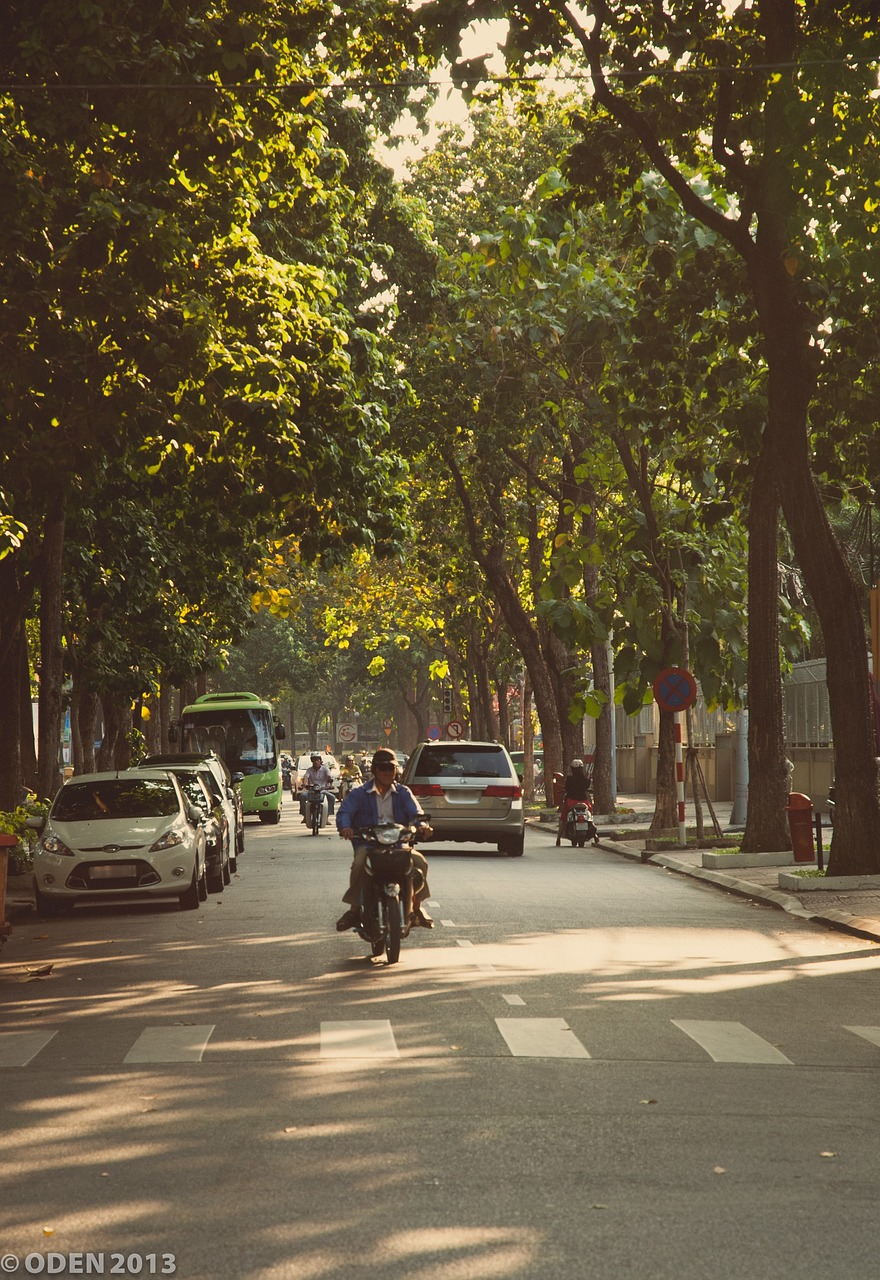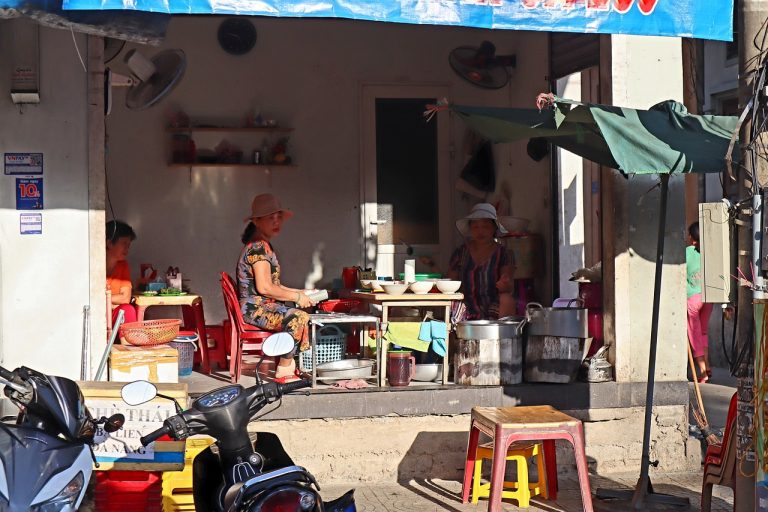Ho Chi Minh City Vietnam Video
Historical Landmarks of Ho Chi Minh City Vietnam: A Deep Dive
Ho Chi Minh City, formerly known as Saigon, is a vibrant and bustling metropolis in southern Vietnam. It is a city rich in history and culture, with numerous historical landmarks that tell the story of its past. From colonial architecture to war remnants, Ho Chi Minh City offers a fascinating glimpse into Vietnam’s history. In this article, we will take a deep dive into some of the most significant historical landmarks in Ho Chi Minh City.
Reunification Palace
The Reunification Palace, also known as Independence Palace, is an iconic symbol of Vietnam’s history. It played a crucial role during the Vietnam War, serving as the presidential palace and witnessing the end of the war in 1975. Today, it stands as a museum, offering visitors a chance to explore its grand halls, conference rooms, and underground bunkers. The palace is a testament to the resilience and determination of the Vietnamese people.
- Historical Significance: The Reunification Palace holds immense historical significance as the site where the Vietnam War came to an end.
- Architecture: The palace showcases a unique blend of modernist and traditional Vietnamese architectural styles.
- War Remnants: Explore the underground tunnels and bunkers that were used during the war.
- Presidential Quarters: Visit the grand halls and conference rooms where the president conducted official business.
Ho Chi Minh City Vietnam Image 1: 
Notre-Dame Cathedral Basilica of Saigon
The Notre-Dame Cathedral Basilica of Saigon is a magnificent Catholic cathedral located in the heart of Ho Chi Minh City. Built between 1863 and 1880, the cathedral features French Gothic architecture with its twin bell towers and stained glass windows. It is considered one of the city’s most iconic landmarks and a symbol of Ho Chi Minh City’s French colonial past.
- Gothic Architecture: Marvel at the intricate details of the cathedral’s exterior, including its spires and rose windows.
- Religious Significance: The cathedral is an important place of worship for the Catholic community in Ho Chi Minh City.
- Historical Context: Learn about the role of Catholicism in Vietnam’s history and its influence during the French colonial period.
- Interior Design: Step inside to admire the beautiful interior, featuring religious statues and ornate decorations.
War Remnants Museum
The War Remnants Museum is a sobering reminder of the atrocities committed during the Vietnam War. It houses a comprehensive collection of photographs, artifacts, and documentation that depict the harsh realities of war. The museum aims to educate visitors about the consequences of war and promote peace and reconciliation.
- Collection: Explore the extensive collection of photographs, military equipment, and personal stories that offer a glimpse into the war.
- Historical Context: Gain a deeper understanding of the Vietnam War and its impact on the Vietnamese people.
- Agent Orange: Learn about the devastating effects of chemical warfare, particularly the use of Agent Orange.
- International Perspective: The museum provides a platform for international dialogue and reflection on the consequences of war.
Ho Chi Minh City Vietnam Image 2: 
Ben Thanh Market
Ben Thanh Market is a bustling marketplace that has been a central fixture in Ho Chi Minh City for over a century. It is a vibrant hub of activity, offering a wide variety of goods, from local produce and handicrafts to clothing and souvenirs. The market is not only a popular shopping destination but also a cultural landmark that reflects the city’s dynamic atmosphere.
- Shopping Experience: Get lost in the maze of stalls and shops, bargaining for unique items and local products.
- Culinary Delights: Sample a wide array of Vietnamese street food, including pho, banh mi, and fresh tropical fruits.
- Cultural Immersion: Interact with local vendors and experience the hustle and bustle of daily life in Ho Chi Minh City.
- Historical Significance: Ben Thanh Market has been a commercial center since colonial times and is deeply rooted in the city’s history.
Saigon Central Post Office
The Saigon Central Post Office is a stunning example of French colonial architecture and an important communication hub in Ho Chi Minh City. Designed by Gustave Eiffel, the post office features a grand interior with arched ceilings, intricate mosaic patterns, and a central clock. It continues to function as a post office, serving both locals and tourists.
- Architectural Beauty: Admire the neoclassical architecture and the stunning details of the post office’s interior.
- Historical Legacy: Learn about the post office’s role in facilitating communication during the French colonial period.
- Functional Post Office: Send postcards or letters to friends and family, or simply soak in the nostalgic atmosphere of the space.
- Souvenir Shopping: Browse through the various stalls selling postcards, stamps, and other postal-related memorabilia.
Ho Chi Minh City Vietnam Image 3: 
Conclusion
Ho Chi Minh City is a city that beautifully blends its rich history with a modern and vibrant atmosphere. Exploring its historical landmarks allows visitors to delve into the past and gain a deeper appreciation for the city’s cultural heritage. From the Reunification Palace to the Notre-Dame Cathedral Basilica of Saigon, each landmark tells a unique story that contributes to the fabric of Ho Chi Minh City.
References
– vietnam.travel
– vietnamonline.com
– vietnam-guide.com
– saigon.net
– warremnantsmuseum.com






